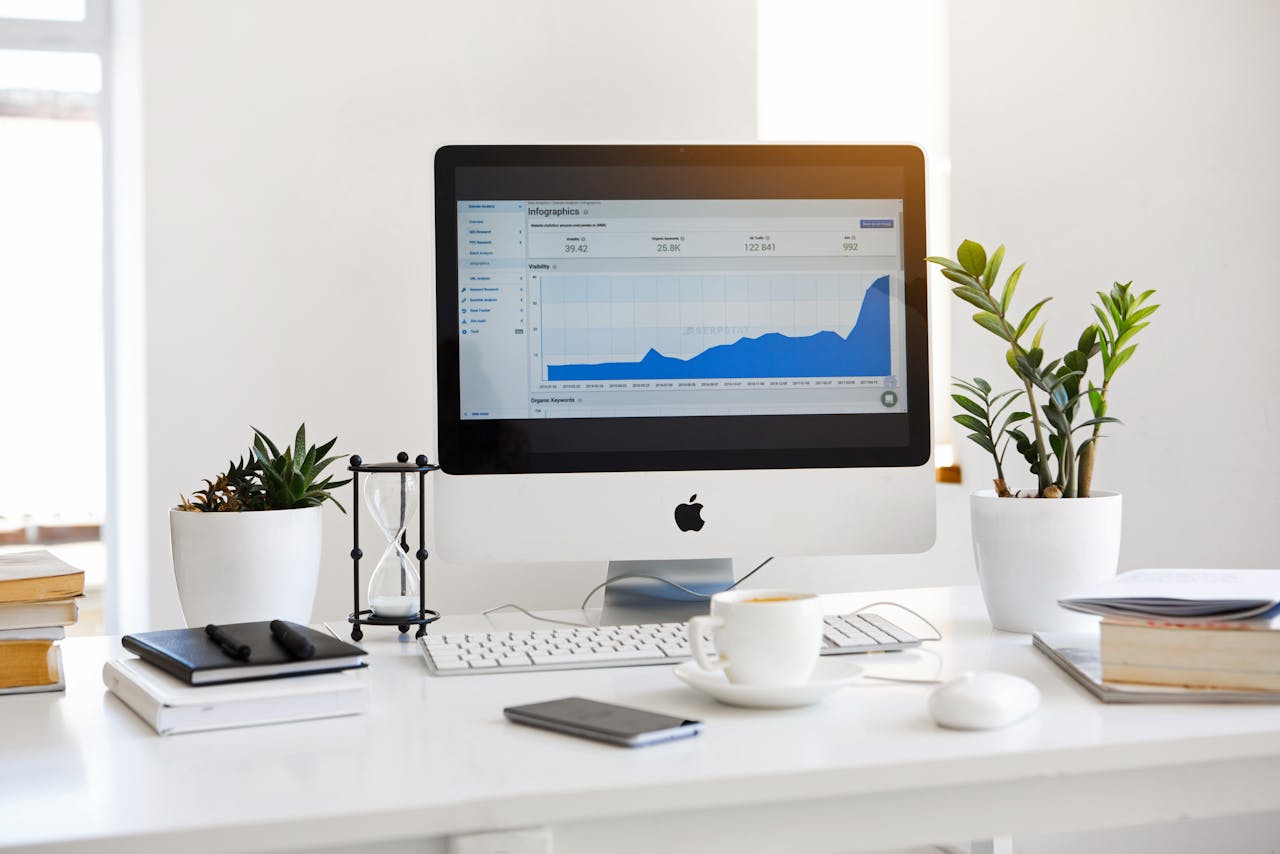One of the most common questions I get from clients and marketers in my network is about LinkedIn Ads budgets. It’s a smart question—after all, LinkedIn clicks can be significantly more expensive than other ad platforms. So naturally, teams want to know what kind of budget is “enough” to make an impact and what they can reasonably expect in return.
While there’s no one-size-fits-all answer, I do have a process I follow to estimate budgets and project potential outcomes. Whether you’re running LinkedIn Ads for the first time or planning a more strategic B2B campaign, this method helps set realistic expectations from the start.
Step-by-Step: Estimating Your LinkedIn Ads Budget
Here’s how I approach budget planning using LinkedIn’s built-in tools:
Start in Campaign Manager > Plan > Audiences
LinkedIn’s Campaign Manager has a planning tool that makes budget estimation much easier than most people realize. Start by heading over to the “Plan” section and select Audiences.
Create a New Saved Audience
Click the Saved tab and create a new audience based on your target customers. This is where you input key attributes such as:
- Company Industry
- Company Size
- Job Function
- Seniority Level
- Job Titles
- Geographic Location
You don’t have to have every single detail figured out—just go with what you know about your ideal buyers. Even rough targeting can be refined later.
Review LinkedIn’s Budget Forecast
Once you enter your targeting criteria, LinkedIn will provide a 30-day spend estimate. This includes:
- Estimated Audience Size
- Typical Cost-Per-Click (CPC)
- Monthly Click Projections
- Spend Range
This estimate is based on historical data from similar campaigns, so it gives you a ballpark idea of what it might take to reach your audience effectively.
Projecting Outcomes: Leads, Conversions, and ROI
This is where we move from ad spend to potential outcomes. I take the estimated monthly clicks from LinkedIn and apply the client’s average website conversion rate—or we use a benchmark conversion rate if we’re starting from scratch.
For example, if LinkedIn forecasts 200 clicks per month for your audience and your website typically converts 5% of visitors into leads, you might expect around 10 leads per month from your campaign.
Of course, these are just starting estimates. Actual performance may vary based on your offer, ad creative, landing page experience, and other variables—but this gives you a solid foundation to work from when setting expectations and goals.
Can You Spend Less Than the Estimate?
Yes—you can absolutely spend less than LinkedIn’s 30-day forecast. Many campaigns start below the suggested range, especially in testing or pilot phases. But having that forecast is still useful because it helps you visualize what’s possible with your targeting settings.
That said, running significantly under budget can affect delivery and performance. If your budget is too low, your ads may not reach enough of your target audience to generate meaningful results. So, while you can start small, make sure you’re realistic about what that spend can achieve.
Pro Tip: Go More Specific with Targeting
One of the biggest mistakes I see is overly broad targeting. It may seem like casting a wide net will increase reach, but it often dilutes performance. On LinkedIn, specific targeting tends to win—especially in B2B.
Try to narrow your audience to those most likely to convert. That means focusing on specific industries, decision-maker titles, and relevant job functions. It not only makes your messaging more relevant, but it also helps reduce wasted spend.
Planning a LinkedIn Ads campaign doesn’t have to feel like a shot in the dark. By leveraging LinkedIn’s planning tools and taking a thoughtful approach to targeting and conversion estimates, you can build a budget strategy that aligns with your goals and gets buy-in from stakeholders.
If you’re ever unsure or need a second opinion on your LinkedIn strategy, feel free to reach out. I’m always happy to help you make the most of your ad budget.
